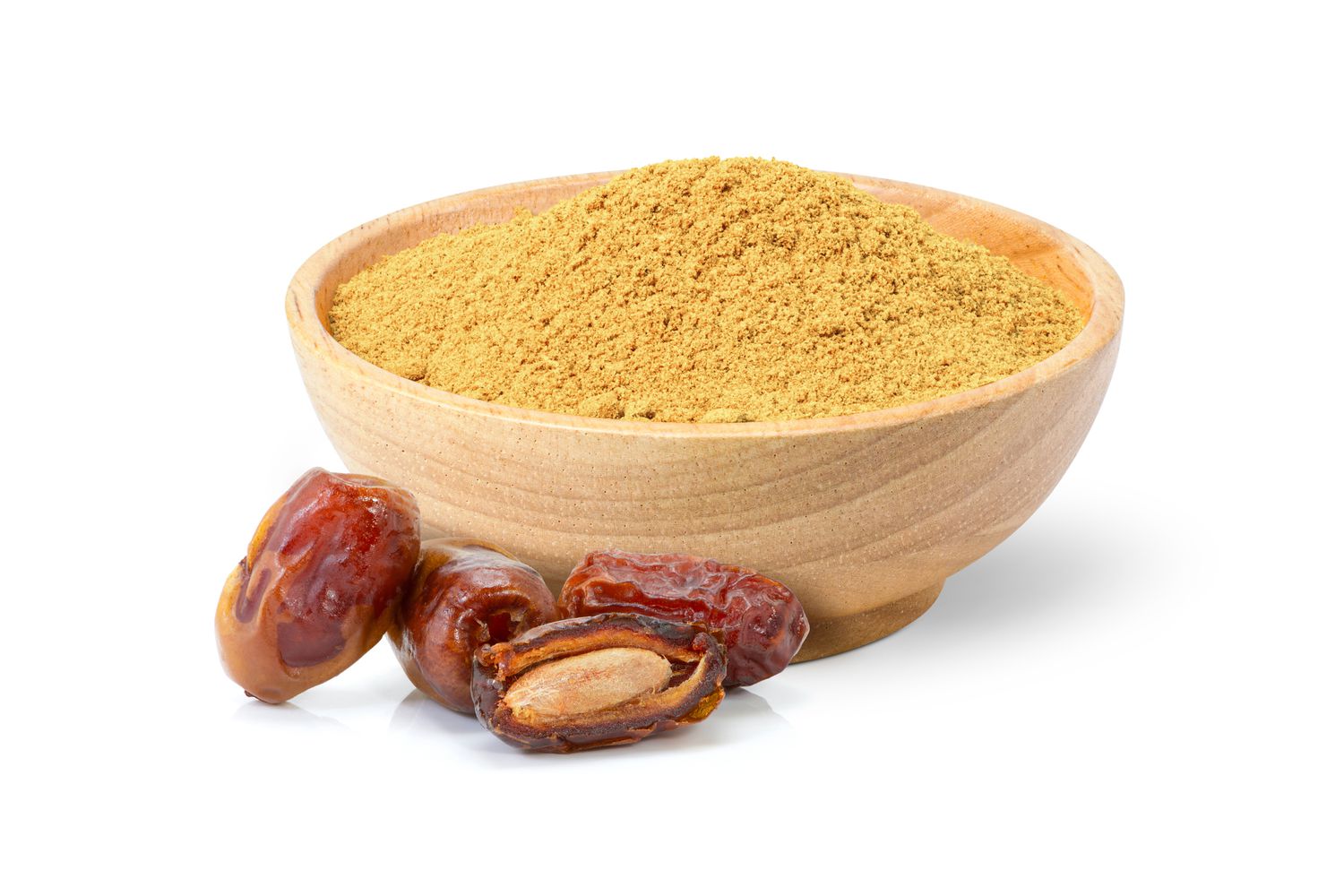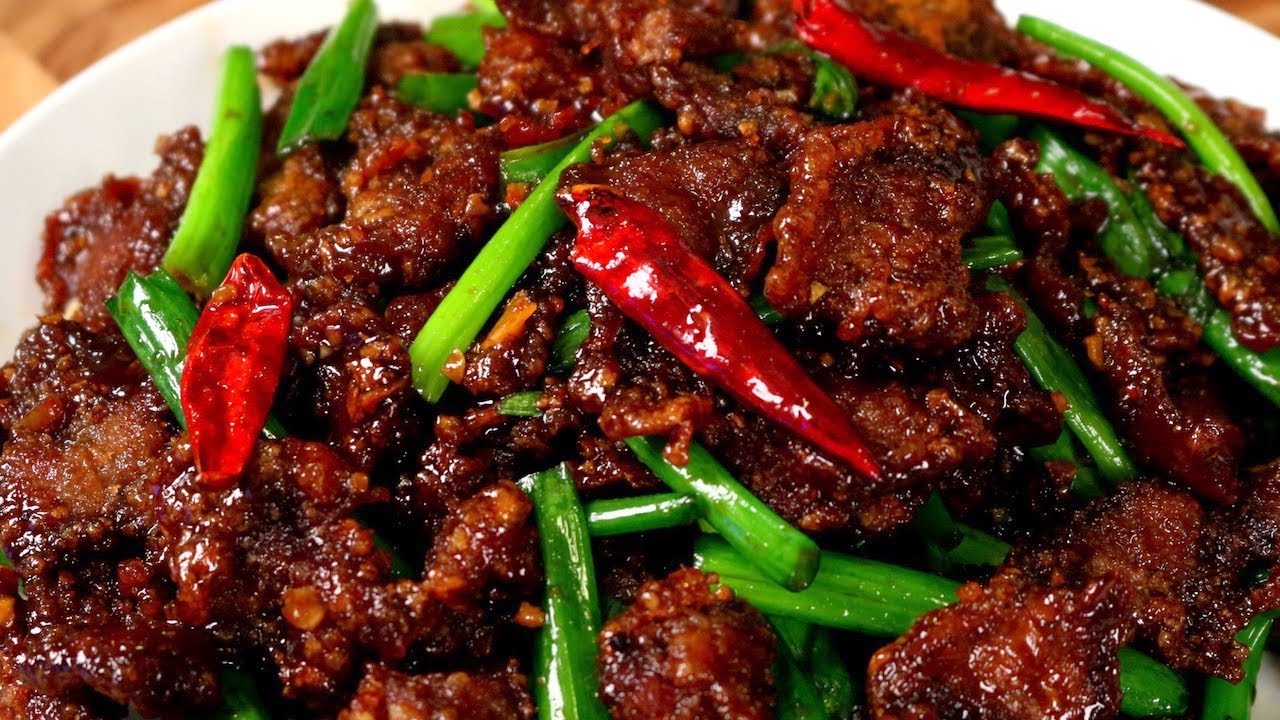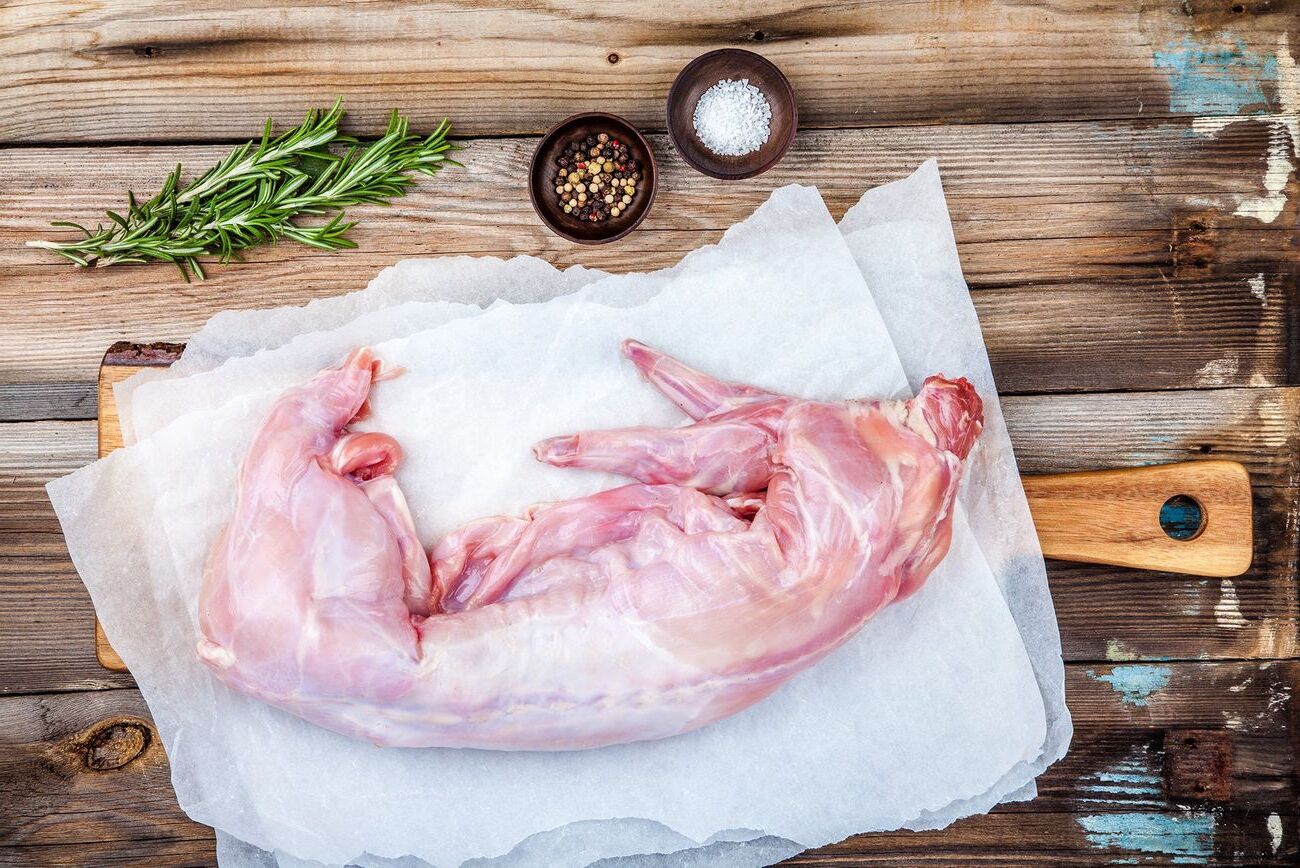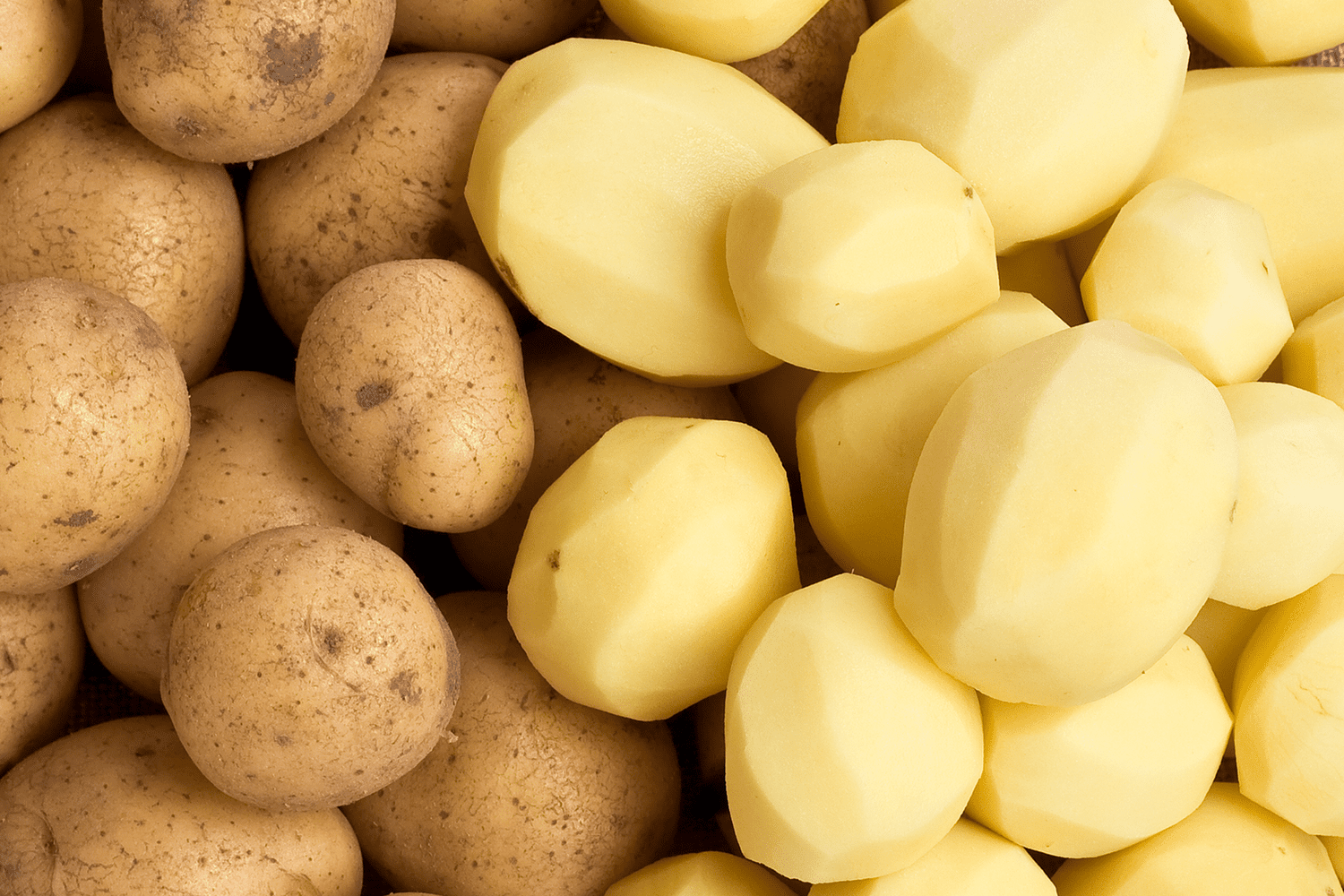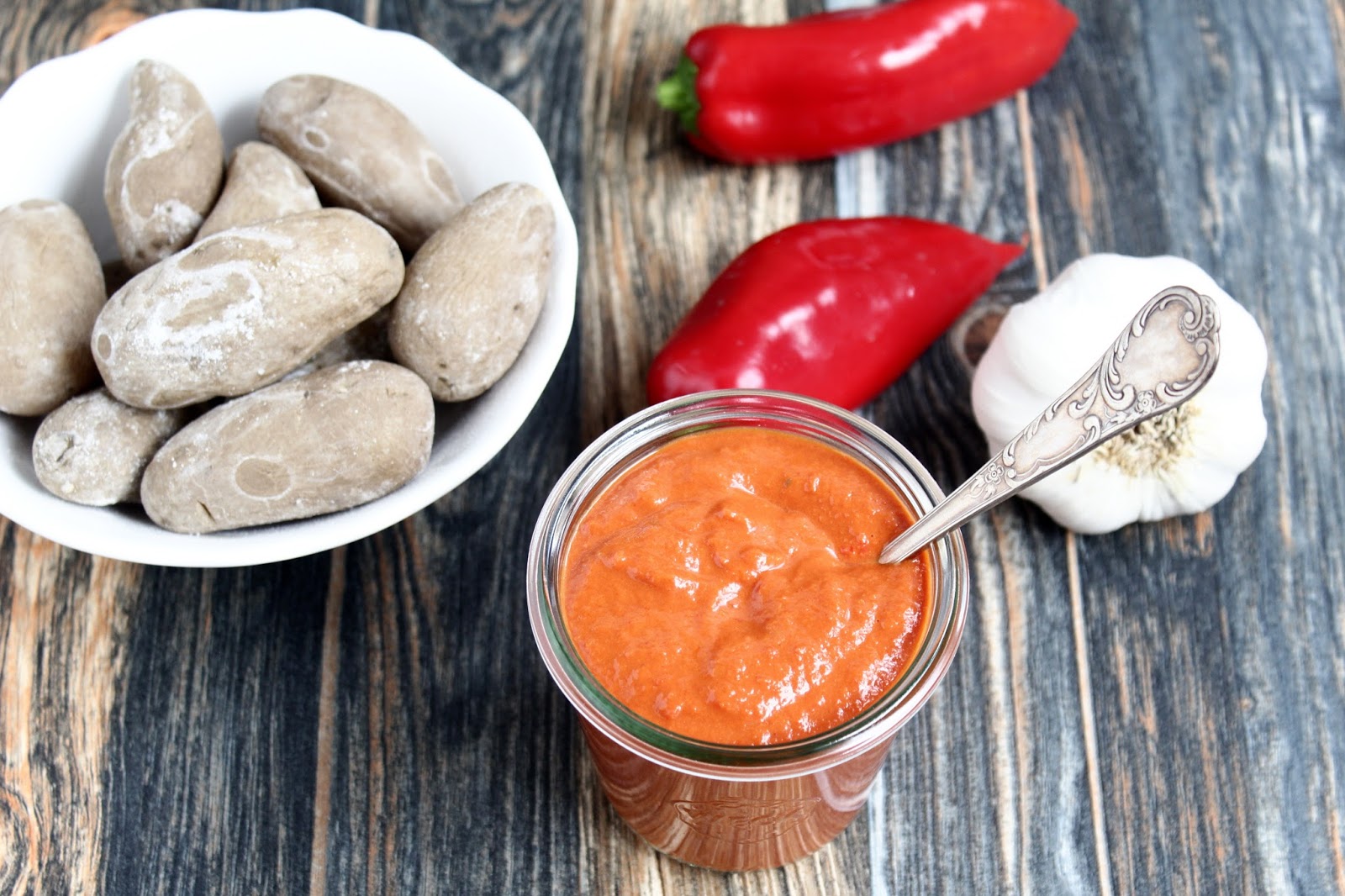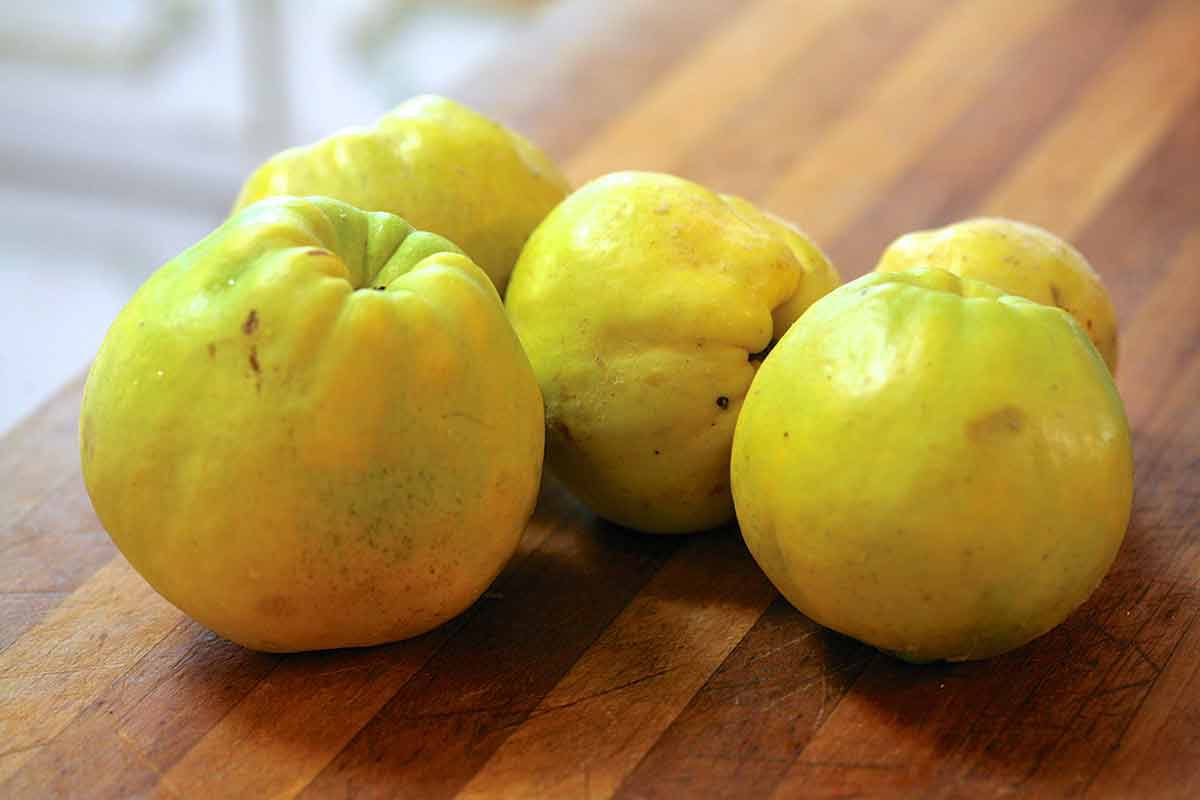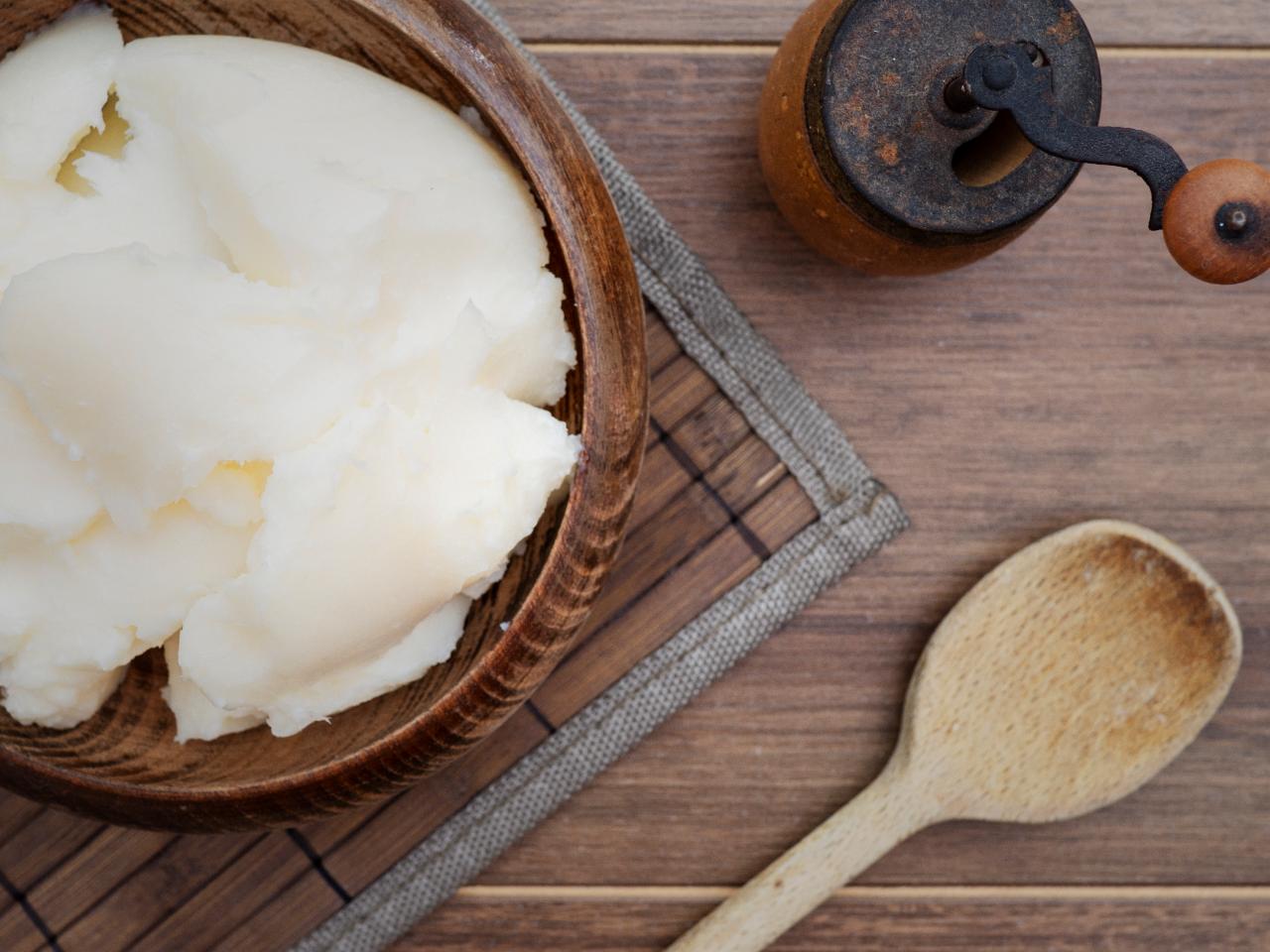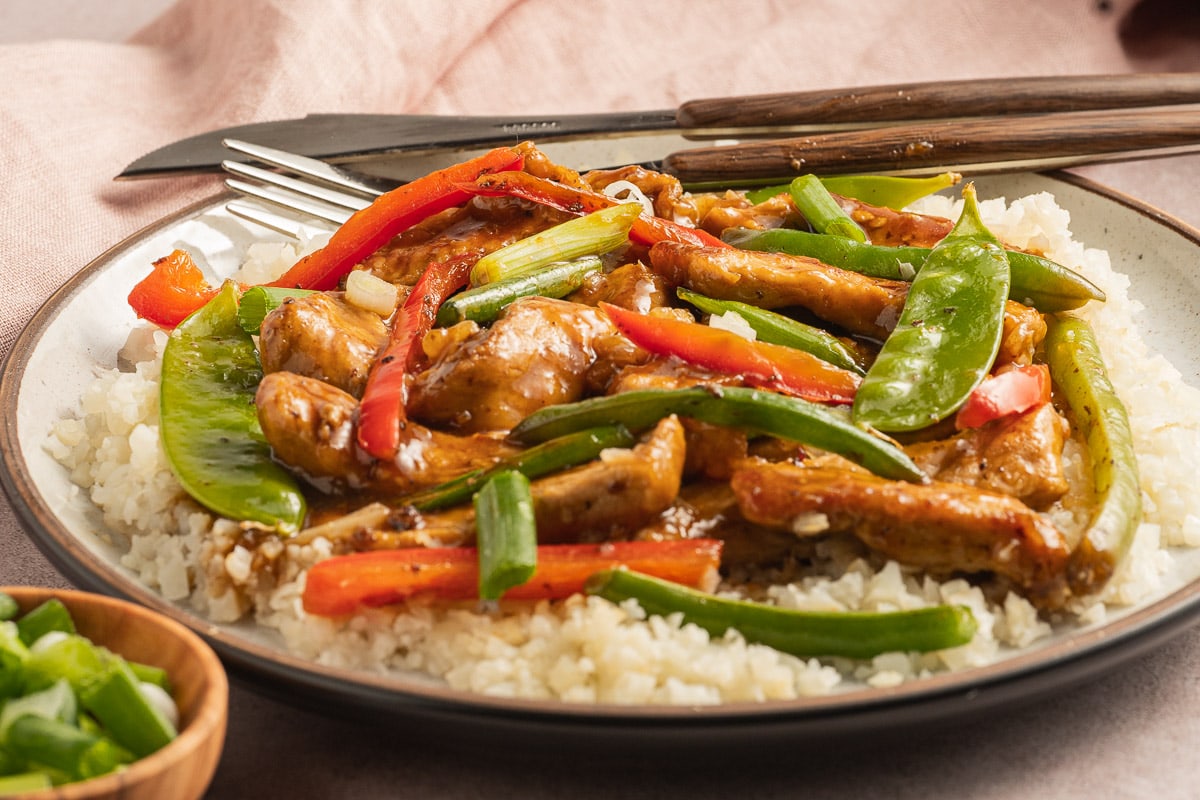The Difference Between Pepper and Chili Explained
Pepper and chili are two popular ingredients used in cooking, but they are often confused for one another. While they both add heat and flavor to dishes, there are some key differences between the two. Let’s take a closer look at what sets pepper and chili apart.
Pepper
When most people think of pepper, they often envision the small shakers found on dining tables. However, in the culinary world, pepper refers to the dried berries of the Piper nigrum plant. These berries are ground into a fine powder and used to season a wide variety of dishes. There are different types of pepper, including black pepper, white pepper, and green pepper, each with its own unique flavor profile.
- Flavor: Pepper has a pungent and spicy flavor with earthy undertones.
- Heat Level: While pepper adds a kick to dishes, it is generally milder than chili.
- Common Uses: Pepper is a versatile spice used in everything from soups and stews to marinades and rubs.
Chili
Chili, on the other hand, refers to the fruit of plants from the Capsicum genus. These fruits can be dried and ground into a powder, used in the form of flakes, or used fresh in cooking. Chili peppers come in a range of shapes, sizes, colors, and heat levels, making them a diverse and popular ingredient in many cuisines around the world.
- Flavor: Chili peppers offer a complex flavor profile, ranging from fruity and sweet to smoky and fiery.
- Heat Level: Chili peppers are known for their heat, with some varieties packing a powerful punch.
- Common Uses: Chilies are used in salsas, curries, hot sauces, and a wide range of spicy dishes.
Key Differences
While both pepper and chili add heat and flavor to dishes, the main differences lie in their flavor profiles, heat levels, and common uses. Pepper tends to have a milder, earthy flavor compared to the diverse and often intense flavors of chili peppers. Additionally, chili peppers are known for their fiery heat, while pepper provides a more subtle kick to dishes.
It’s important to note that while both pepper and chili are used to add heat to dishes, they each bring their own unique characteristics to the table. Whether you’re reaching for the pepper grinder or the chili flakes, understanding the differences between these two ingredients can help you create more flavorful and well-balanced dishes in the kitchen.
Conclusion
In summary, pepper and chili are distinct ingredients with their own flavor profiles, heat levels, and culinary uses. While pepper offers a milder, earthy flavor and a subtle kick, chili peppers bring diverse flavors and intense heat to dishes. By understanding the differences between pepper and chili, you can elevate your cooking and create dishes that are perfectly seasoned and full of delicious heat.
Next time you’re in the kitchen, consider reaching for either pepper or chili based on the specific flavor and heat you want to achieve in your culinary creations.
Was this page helpful?
Read Next: What Is Pollo Guisado?
